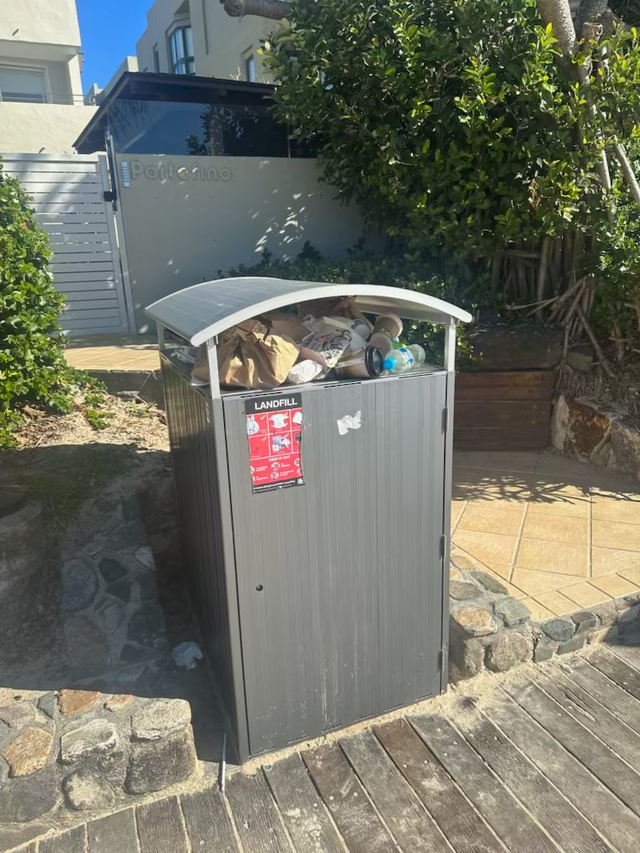We can all help keep Noosa beautiful. That’s the message from Council’s waste team as it prepares to deal with the extra burden on public bins in busy tourist centres such as Hastings Street this Easter.
Waste coordinator Mark Borgert said council plans to deploy bin sensors and compaction bins to busy public areas, such as Hastings Street, in a trial to improve logistics and reduce the potential for bins to overflow.
“The sensors are designed to provide us with real-time data as the bin starts to fill, informing decisions as to where and when we deploy trucks – to ensure we’re not emptying some bins prematurely while others overflow,” he said.
But while technology can help, it’s up to everyone to help keep Noosa beautiful by taking personal responsibility for the rubbish they generate and how they dispose of it, council’s acting chief executive officer Larry Sengstock said.
“We can’t be everywhere at all times, so we rely on locals and visitors alike to help us keep Noosa beautiful and litter-free,” he said.
The Hastings Street area alone has more than 120 public waste bins. Mr Sengstock said the community can play a part by not adding extra rubbish to an already full bin, if there is another emptier bin nearby.
“There’s an abundance of bins in the Hastings Street area. You don’t have to walk far to find one or more bins. Hopefully this Easter everyone does the right thing,“ Mr Sengstock said.
“You can also let us know via the Snap Send Solve smartphone app if you see a bin that needs emptying.”
Mr Borgert said the trial of compaction bins – designed to extend the time before bins need emptying – would also continue through Easter.
“Were looking to see how each of the technologies can add value to public waste bin management.
“The Easter period is typically a busy time making it ideal for putting these new technologies to the test to see how much of a positive difference they can make to the way we manage public waste bins.”
Council’s waste plan, developed with extensive community consultation last year, calls for everyone to take personal responsibility for their waste.
“That means taking your waste with you if you’re out and there is no bin nearby,” Mr Borgert said.
“Similarly, make use of recycling bins for bottles and containers rather than place them in the general rubbish bin as this prematurely fills up the waste bins and sends material that could otherwise be recycled, off to landfill.”






